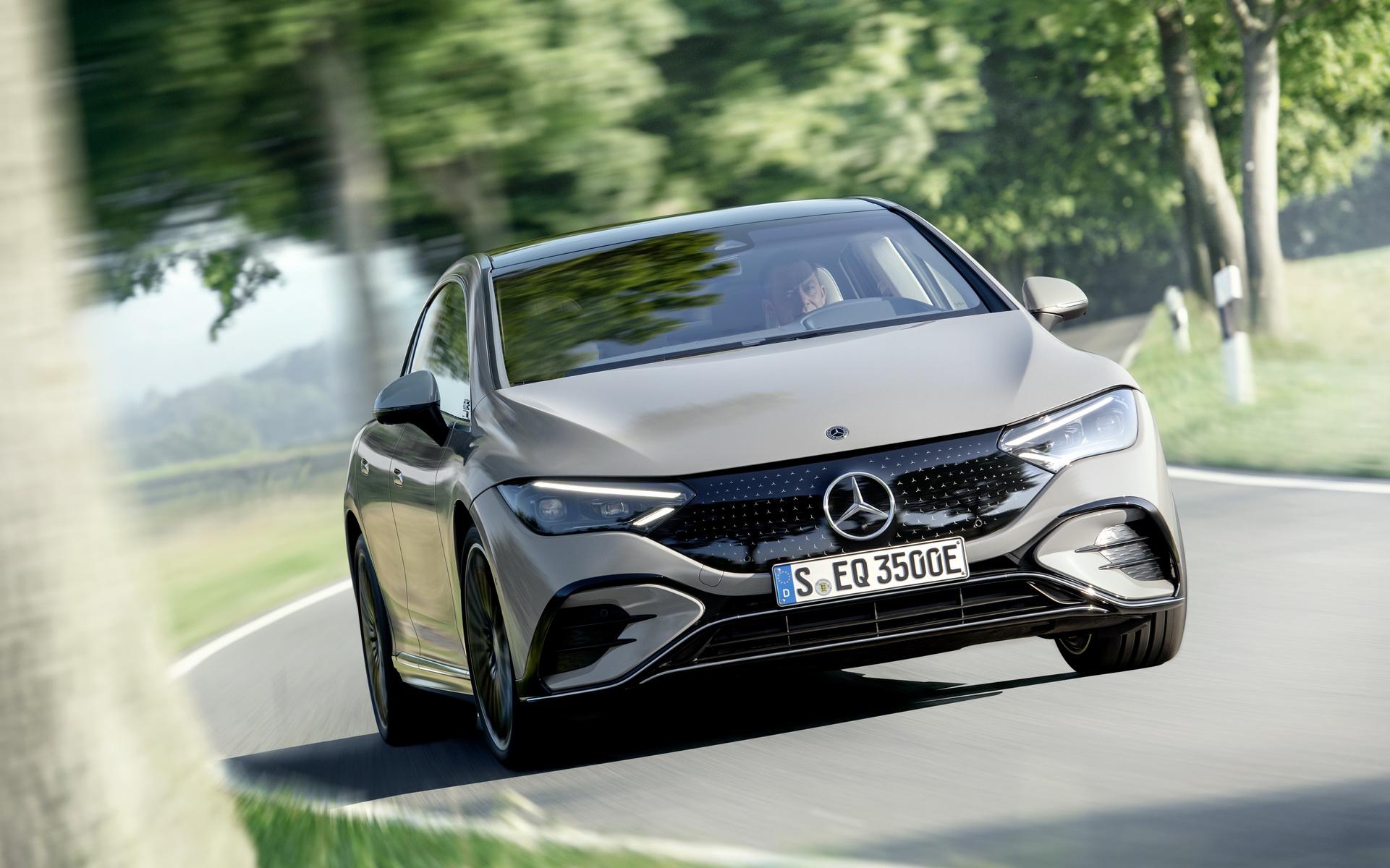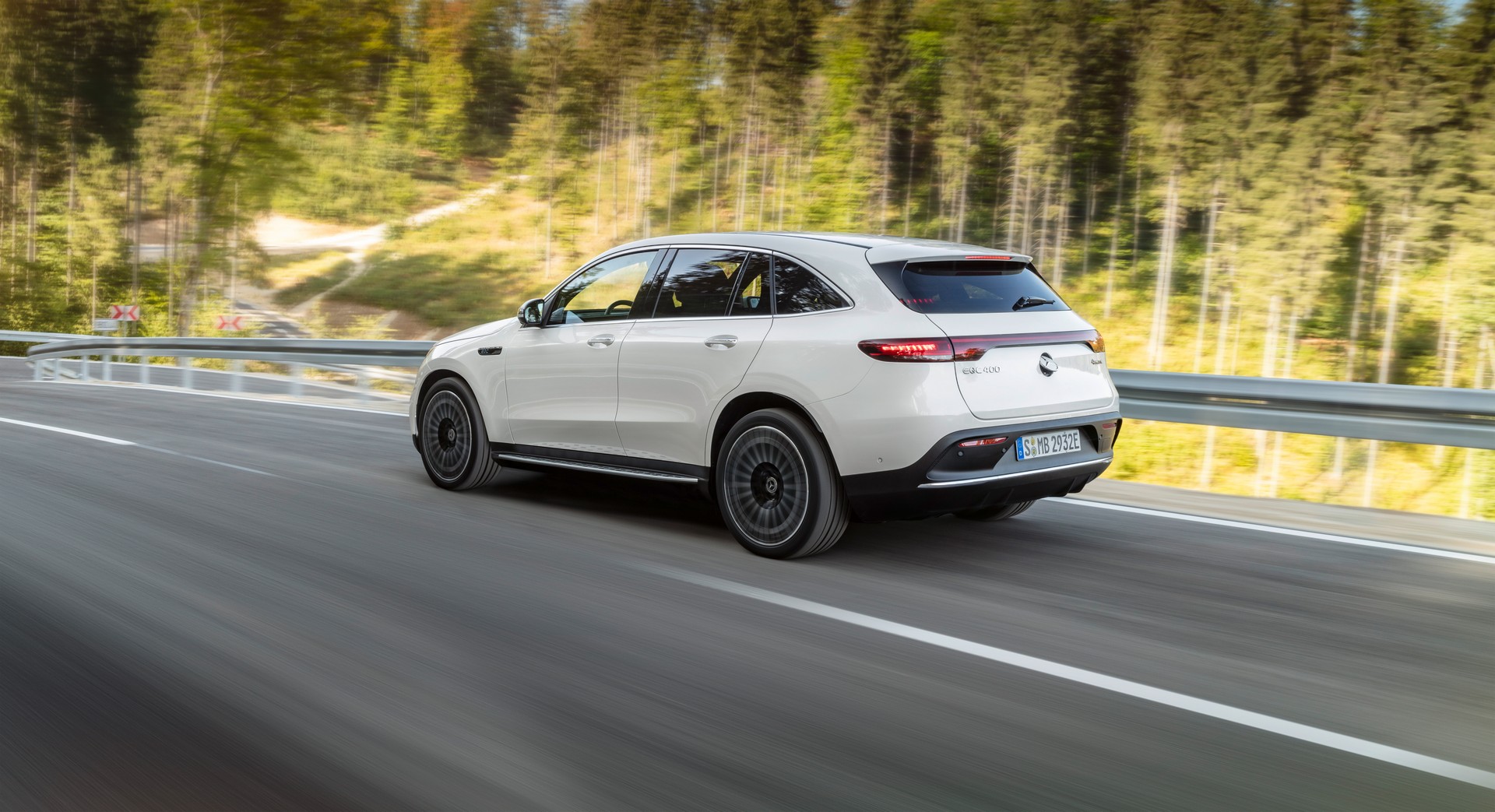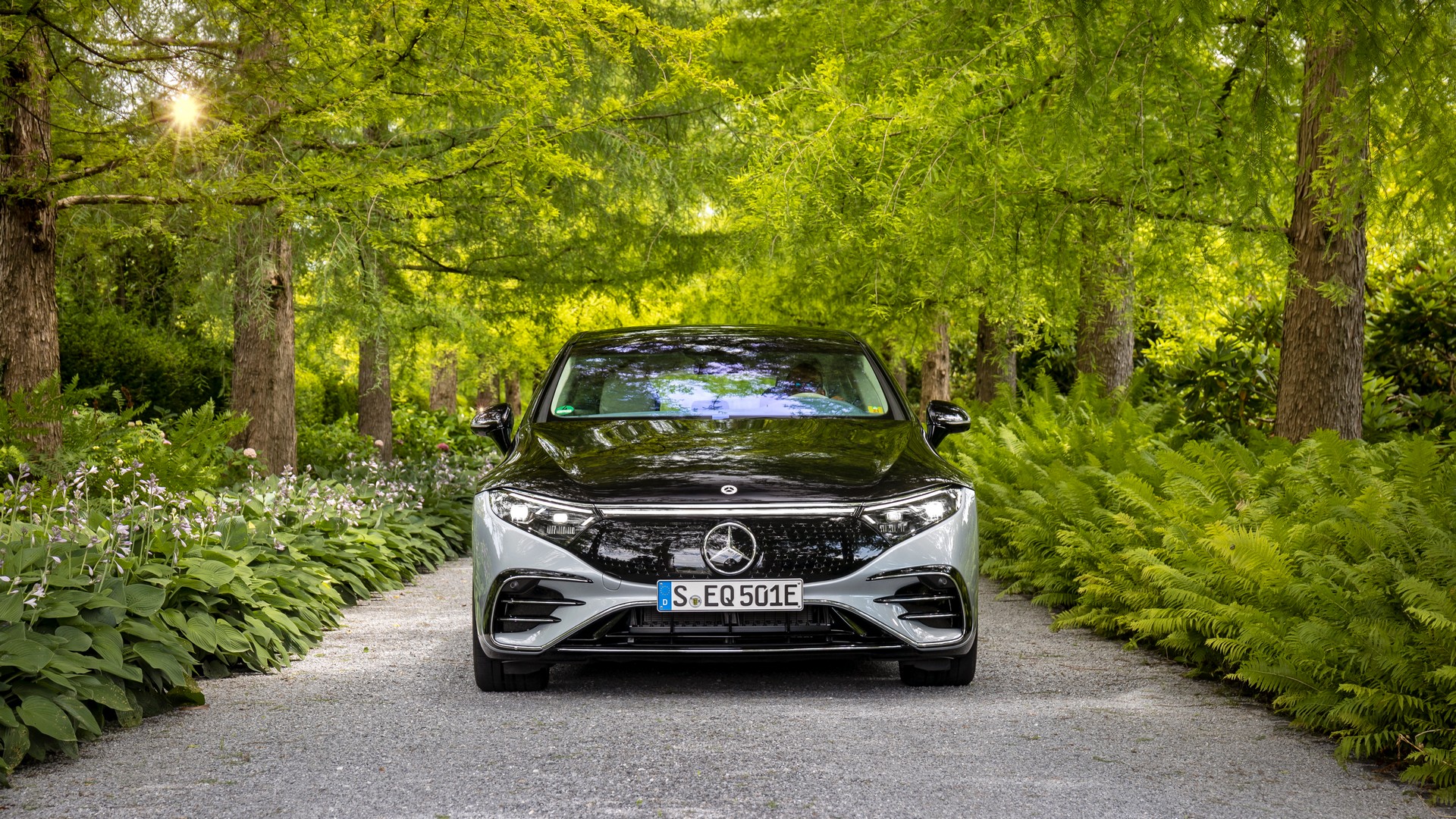Mercedes-Benz will tap into the profit margins of its dealers to help fund its transition to electric vehicles.
The German car manufacturer told its U.S. dealers earlier this month during its national retailer meeting that it will cut their margin by half a percentage point to 13 per cent. This reduction will come from the 6 per cent ‘trade margin’ that dealers use.
“They’re looking at every opportunity to offset that expense, and the margin cut is one way to do so,” Mercedes-Benz of New London in Connecticut owner Jeff Aiosa told Auto News.
Read Also: 2023 Mercedes-AMG EQE 53 Spied Almost Undisguised With Different Wheel Designs
The automaker confirmed it will not cut margins further for five years. In a statement, Mercedes-Benz USA chief executive Dimitris Psillakis said the automaker is “not after dealer profitability.”
“I see that the priorities for the dealer might change in the future, having to push one or the other technology. The margin is a performance driver, so it’s related to some performance criteria, which will be adjusted to the electric product,” Psillakis stated.
The company plans to invest more than $46 billion to develop electric vehicles between 2022 and 2030 and has informed retailers that it will offer new bonuses on sales of EVs and certified pre-owned cars. Auto News also reports that the carmaker has simplified the margin structure of dealerships and reduced the number of performance criteria that must be achieved for dealers to earn their bonuses.
Dealer profitability has soared during the pandemic, with return on sales nearly doubling from 3.3 per cent to 6.4 per cent.
“Dealers are making more money than they’ve ever made in their lifetimes,” dealer principal of Mercedes-Benz of Billings in Montana, Patrick Womack, said. “So if there was any time to get a margin cut pushed across the line, now is the right time.”
Mercedes-Benz told its dealers that it expects the EV market in North America to grow by 850 per cent over the next six years and said that electric vehicles will account for half of the brand’s global production by 2025.






